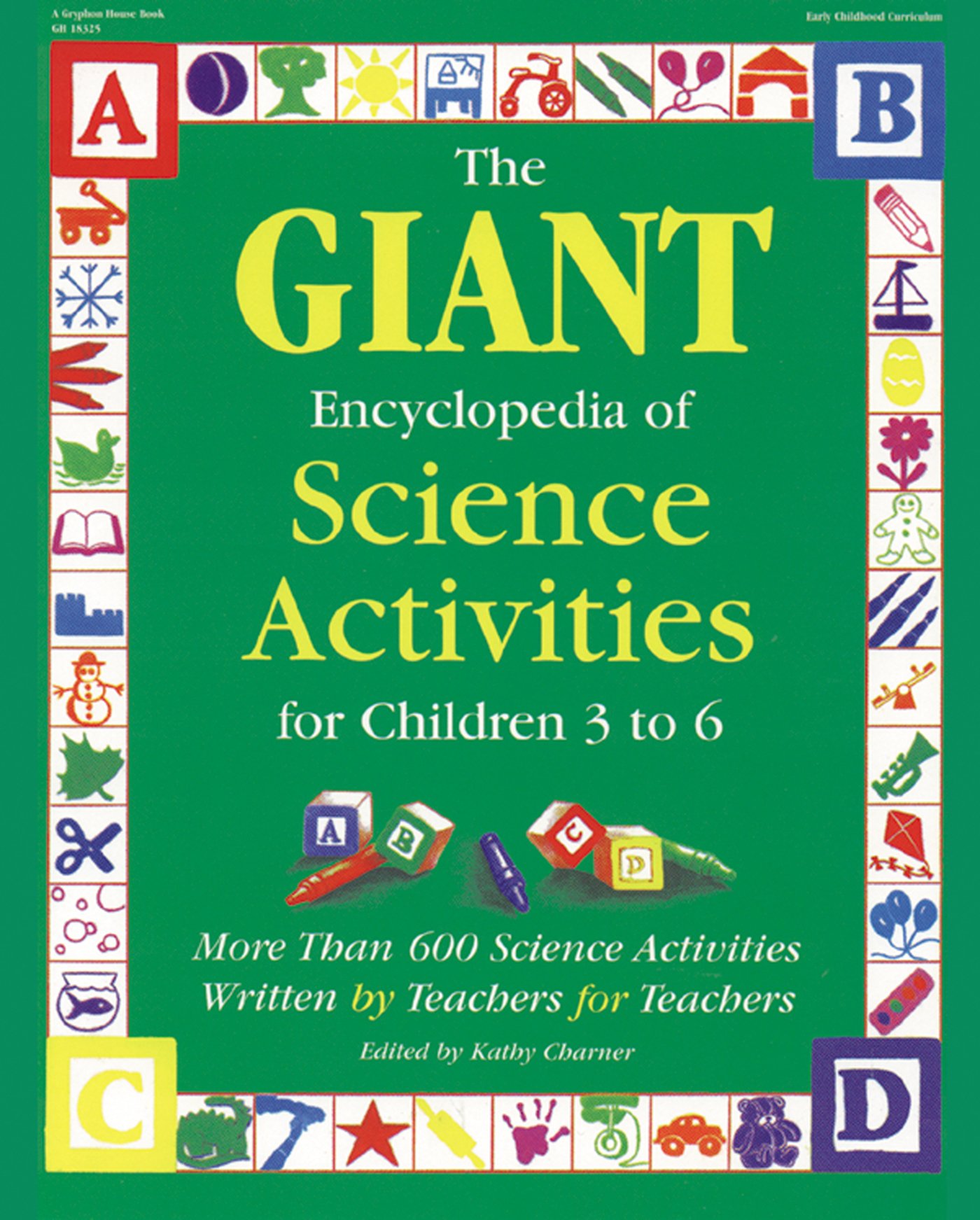Materials
2 very small jingle bells2 medium-sized jingle bells2 large jingle bells2 extra large jingle bells (the type used as door decorations)8 pieces of yarn, ribbon or string
Bag or basket
Instructions
1. Before group time, tie the ribbons onto the bells.
2. Divide the bells into groups, one size bell for each group.
3. Place one group of bells on a table or the floor in front of you.
4. Hide the other bells in a bag or basket. They should not be visible to the children. Explain to the children that you are going to play a guessing game.
5. One by one, ring the visible bells for the children, asking the children to listen to the sound.
6. Ring one of the concealed bells and have the children guess which of the visible bells it sounds like. Continue to match all the bells.
7. Talk about tone, and the qualities of high, low, soft, loud.
8. Add these bells to your science center.More to doMusic: Using pipe cleaners, attach jingle bells to the children's shoes. Walking becomes musical! Can they march out a tune with the bells on? * Make "jingle sticks" by attaching bells and colored crepe paper streamers to popsicle sticks or jumbo craft sticks. * Have a jingle parade with instruments from the music center. * Play the matching game above using musical instruments. * Ask the children to make a list of things with bells. Examine some of these other bells: doorbells, bells on timers, kitchen appliances, bicycles, etc.Related songChant this little song:Ring, ring, ring your bellsRing them high and low.Ring them left and ring them right,Ring them fast and slow!
